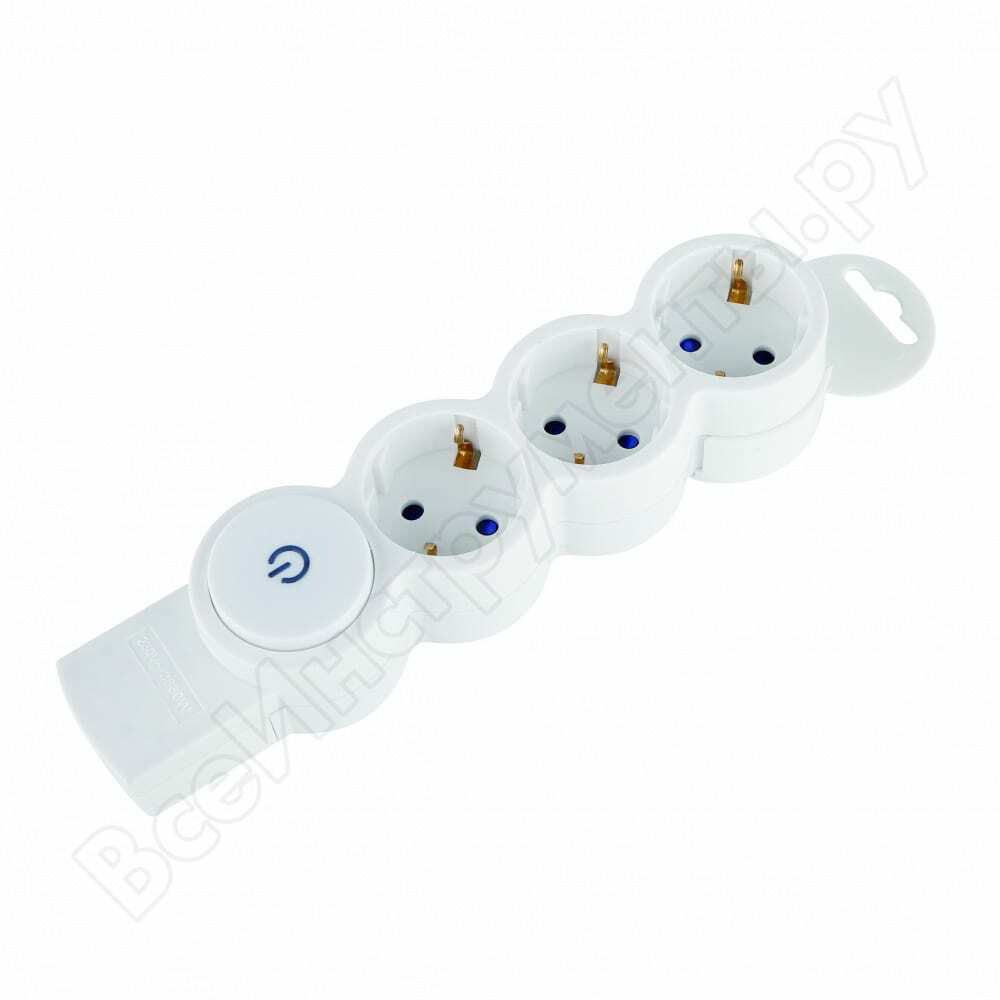
is one of the most cost-effective materials that has not yet been abandoned in the manufacture of furniture. In general, with competent design, interior objects look like a worthy imitation of natural wood, bring their color into the overall stylistics. But the conventional chipboard is not suitable for this purpose. The plate looks unpresentable. In addition, there is a risk of splinters, if you carelessly hit the edge. Approximately 40 years ago, a technology was developed for obtaining decorative surfaces with lamination. Consider how to laminate chipboard at home more.
to the table of contents ↑Features of
Particleboard( chipboard) are used for the manufacture of furniture items of "medium" and "economy" classes. If the surface is covered with decorative-protective material, then it is a laminated chipboard.
For the lining of chipboard we use:
- Plastic paper-laminated, impregnated with resin composition.
- Paper film impregnated with synthetic thermosetting resins.
In the manufacture of chipboard in the factory use a conveyor belt or short-cycle belt press. Under conditions of high pressure and temperature, the resin spreads over the surface and a strong, integral web is formed.
Important! Modern equipment, which is used in enterprises, makes it possible to achieve a realistic imitation of the texture of wood, textiles, and ornamental stone. The chipboard is produced with a glossy, embossed surface, as well as a 3D effect.

Alternative technologies:
- The lamination process is often confused with the other chipboard decoration technology: lamination. In the case of classical lamination, the resin melts and then presses. Laminating involves gluing. An adhesive is applied to the substrate, then a polymer thermoplastic film or laminated paper is applied.
Important! Such material is less durable, can swell and deform. As for the laminated board, it represents a single, inseparable whole.
- There is another technology that resembles lamination - veneering. Veneer is the thinnest layer of noble rock wood. The thickness of the veneer is from 2 mm. The gluing to the veneer surface is carried out with the help of adhesive compounds: one- or two-component.
Important! The surface is not just beautiful. It is truly unique, as the natural pattern of the tree is preserved. Veneer is quite demanding in the care. It can be painted, varnished, impregnated or waxed. If the coating is peeled off, experts recommend using a universal or joiner adhesive.
- Sometimes you can find a definition such as synthetic veneer. It is a paper cloth with a texture imitating unevenness of wood, impregnated with carbamide resin. Sometimes the surface is varnished.
Important! The material is durable, hard, identical to the wood veneer to the touch.
Lamination, thus, is a technology of "welding" the decorated paper to the substrate with the help of synthetic molten resins. The resulting surface is resistant to high temperatures, moisture and mechanical stress.
to the contents ↑Methods of laminating the chipboard by one's own hands
Of course, it is impossible to reproduce the lamination process of the chipboard by oneself. At least because you do not have any professional skills, or specialized equipment. In addition, the compositions used in industrial lamination contain toxic substances.
The best option is lamination:
- Laminate chipboard with a self-adhesive film. This is a dense cloth of synthetic material with a glue composition applied to the back side.
Important! It is enough to remove a layer of protective paper and glue the film to the surface. Air bubbles can be removed with a spatula made of plastic or a soft cloth.
- Bonding a film of a polymer material with a universal adhesive. The glue is applied to the chipboard, not for long. Then, the film is glued neatly. For better adhesion, it is rolled with a roller or pressed down by a press.
Important! Of the above two options, the second is more reliable. As practice shows, self-adhesive must be periodically glued or purchased a new one. The savings turn out to be rather doubtful. The best option is to purchase chipboard with industrial lamination.
to the contents ↑How to laminate wood chipboard at home:
laminating technology This part of the article is devoted to stubborn people who are used to doing everything themselves. So, the order of laminating the chipboard with a synthetic film is as follows:
- Stripping and puttying of the board. As a result, an absolutely smooth and even surface is obtained.
- Primer surface with any composition for wood.
- Film cutting. For this you need: scissors, pencil and tape measure. To obtain a perfectly flat edge, you can use a clerical knife and a guide.
Important! A centimeter grid on the back of the film makes the cut more convenient.
- Separation of the film from the protective backing, gluing it to the surface of the chipboard.
Important! To smooth the film, you need to smooth it with a clean dry cloth from the center to the edges. If you blow the film with a usual hair dryer( in which case you need an assistant), it will lie flattened.
to content ↑Selection of laminating film
The film, which is used for laminating wood chipboard by one's own hands, is divided into the following categories:
- Melamine. It gives the material additional resistance to moisture and mechanical stress. The melamine film contains a formaldehyde resin, which is a health hazard.
- PVC.Polymeric material that does not contain toxic substances. At the same time, the water resistance of the substrate is substantially improved. PVC film is great for interior finishing work.
- Phenol film. In comparison with the two previous versions, it is not very moisture resistant, but it significantly increases the wear resistance of materials.
So, in order to laminate chipboard at home, you will need a minimum of tools and materials, as well as an additional pair of hands. You can thus get a neatly executed surface without irregularities and air bubbles.



